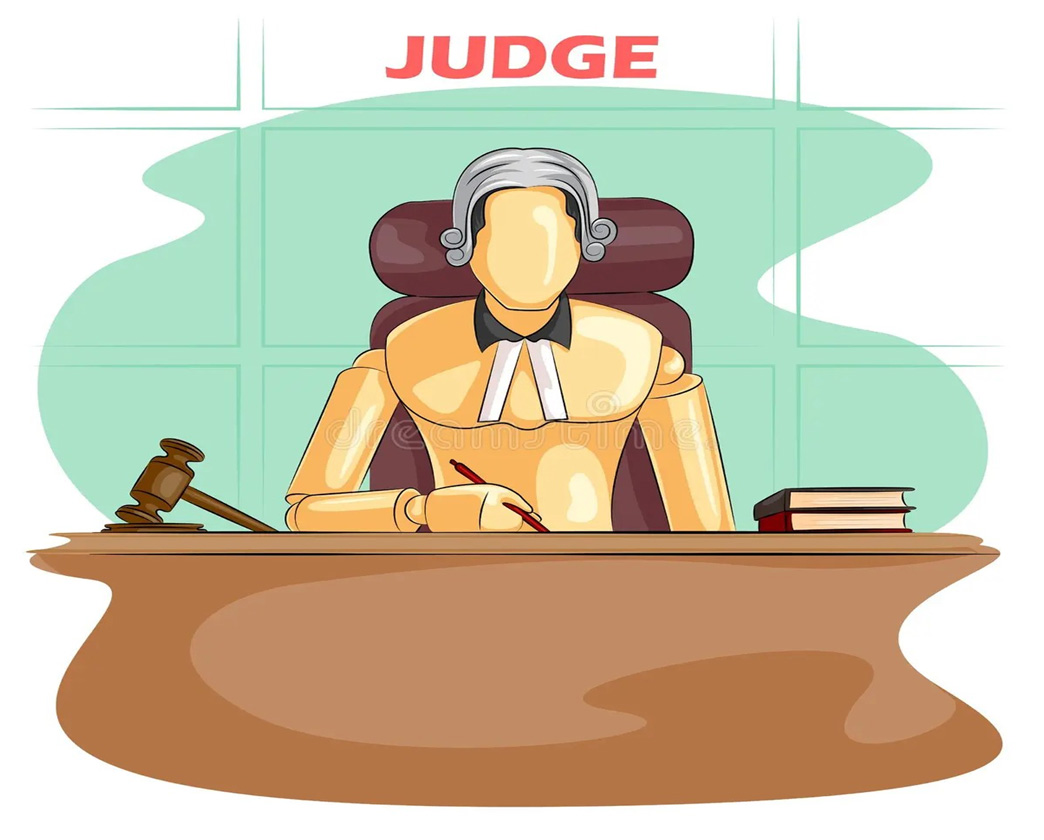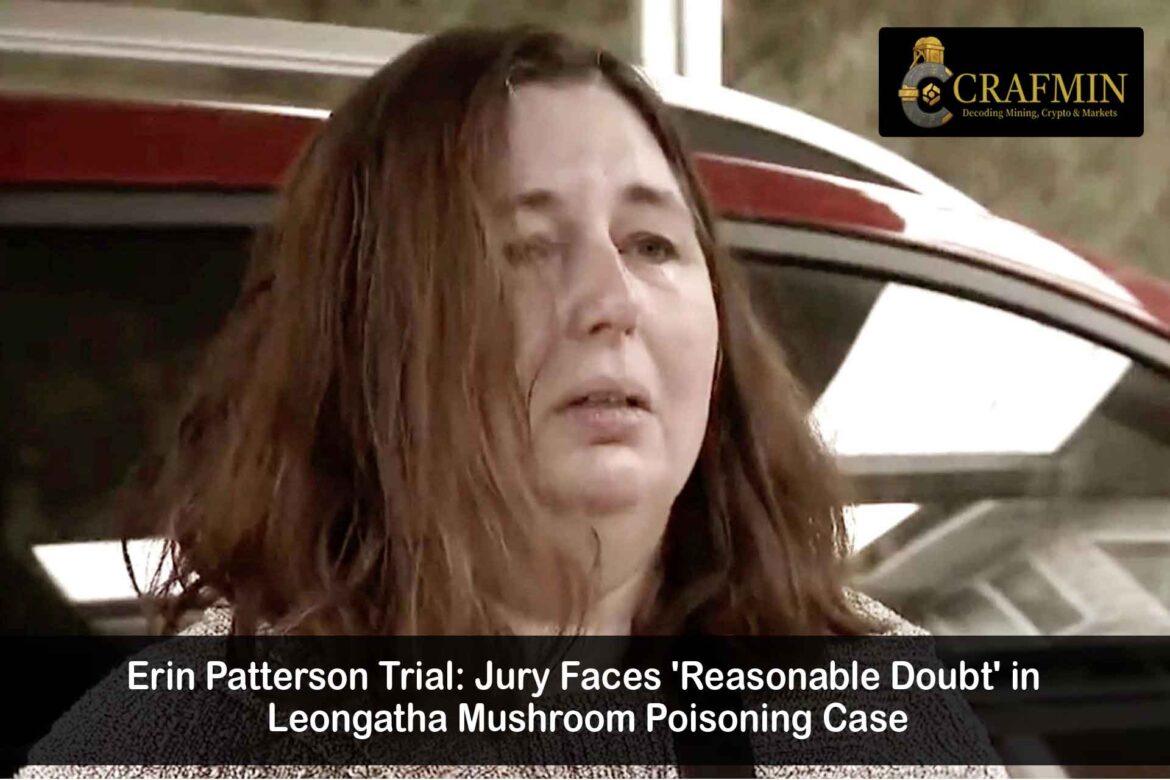The Erin Patterson trial has entered its decisive phase in the Victorian Supreme Court, with jurors tasked with determining her fate in one of Australia’s most unsettling criminal cases in recent memory. Patterson stands accused of serving a fatal meal to her former in-laws during a family gathering in Leongatha in July 2023—a lunch that ended with three people dead and one hospitalized. As courtroom arguments conclude, the jury must now evaluate whether the deaths were the result of tragic misfortune or a deliberate act.

Erin Patterson arrives at the Supreme Court in Morwell for closing arguments. Source: The Guardian
Defence Closes: ‘No Proof of Intent, Raise Reasonable Doubt’
Defence counsel Colin Mandy SC called on the jury to approach their verdict with careful consideration, emphasising the importance of weighing all the evidence before drawing conclusions. He emphasised that Patterson lacked motive, pointing to her previously positive relationship with her in-laws spanning nearly two decades. Mandy described the prosecution’s assertions as speculative and inconsistent and highlighted the absence of proof demonstrating intent to kill. He noted Patterson’s composed testimony and urged the jury to consider the possibility that mushroom inclusion could have been accidental—not intentional.
Crown’s Case: ‘Calculated Lies and Deliberate Deception’
Prosecutor Nanette Rogers SC countered by painting a picture of a meticulously planned crime. She argued Patterson fabricated a cancer claim to draw guests to her home, then took steps to conceal her track, including disposing of a dehydrator and phones. Rogers referred to this as a sequence of calculated lies, presenting digital search data, forensic tests, and multiple contradictory statements as evidence of intent.

Forensic sample testing in court shows traces of death cap residue. (iNaturalist)
Key Disputed Claims in Closing Ravens
Both sides questioned common areas:
Motive: Defence argued Patterson had no rational reason to harm beloved in-laws, undermining any inferential case. Crown dismissed motive as unnecessary if intent could otherwise be shown.
Mushroom source: Evidence showed death cap spores in her home dehydrator, but Patterson claimed cross-contamination with store-bought variants—raising doubt about deliberate inclusion.
Post-event conduct: Her evasive actions—dehydrator disposal, phone reset, self-discharge from hospital—were cast by the Crown as proof of guilt, but Mandy stressed these were panic-led mistakes, not plotting.
Judge’s Role: Summing Evidence, Clarifying the Standard
Justice Christopher Beale is set to guide the jury through legal standards across a two-day summation, focusing on the crucial benchmark of proving guilt beyond a reasonable doubt. He warned jurors against assuming guilt from her mistakes or behaviour after the fact, reminding them that evidence must be considered in totality—while cautioning against hindsight bias.

Jurors listen intently as Justice Beale outlines instructions. Source: Dreamstime.com
Public Reaction and Media Spotlight
The Erin Patterson trial has captured Australia’s attention not just for its legal stakes, but for the haunting emotional undercurrent it carries—how a seemingly ordinary lunch spiralled into a courtroom drama with national significance. As the jury weighs the evidence, public opinion remains sharply divided, with some calling for caution and others demanding accountability. Amid the media glare, the case continues to challenge notions of intent, trust, and the fine line between coincidence and culpability.
What Happens Next?
Following final directions, the jury is expected to begin deliberations mid-week. There are no timelines in such cases—they may take hours or days. The verdict will determine whether Patterson is found guilty of murder and attempted murder, or acquitted under the Crown’s inability to remove reasonable doubt.
Conclusion
The Erin Patterson proceedings have evolved into one of Australia’s most closely watched trials, merging emotional weight, forensic debate, and high-stakes legal drama. With closing submissions complete, all eyes now turn to the jury. Their verdict will not only determine Patterson’s fate but may also influence how future cases navigate the interplay between accidental tragedy and intentional homicide.

